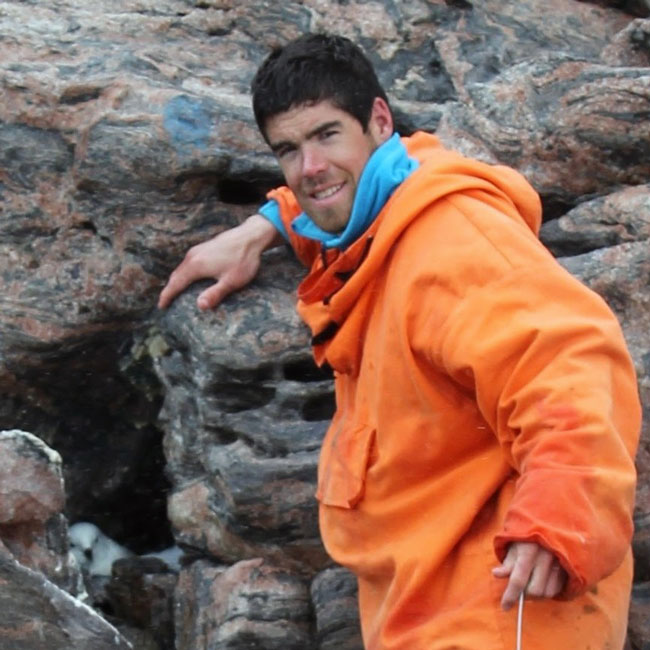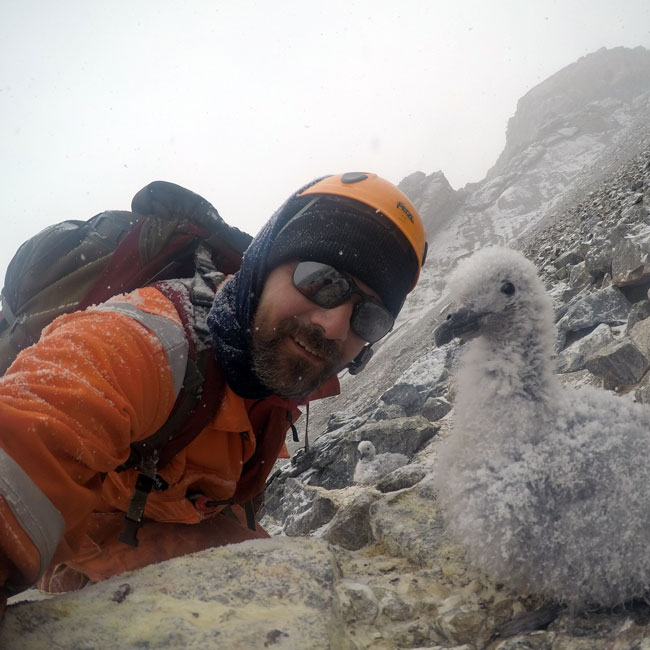Demographic responses of Arctic seabirds to spring sea-ice variations
[Published 11 April 2023]
Scientific Publications
Abstract
The Arctic experiences a rapid retreat of sea-ice, particularly in spring and summer, which may dramatically affect pagophilic species. In recent years, the decline of many Arctic seabird populations has raised concerns about the potential role of sea-ice habitats on their demography. Spring sea-ice drives the dynamics of phytoplankton blooms, the basis of Arctic food webs, and changes in spring sea-ice have the potential to affect the demographic parameters of seabirds through bottom-up processes. To better understand the effects of spring sea-ice on Arctic seabirds, we investigated the influence of spring sea-ice concentration on the survival and breeding success of three seabird species with contrasted foraging strategies in two Svalbard fjords in the high Arctic. We examined these relationships using long-term demographic data (2005–2021) from black-legged kittiwakes (Rissa tridactyla), Brünnich guillemots (Uria lomvia), and little auks (Alle alle). Spring sea-ice concentration was positively related to both the survival and breeding success of little auks, suggesting a higher sensitivity of this species to spring sea-ice. By contrast, the two other species were not particularly sensitive to changes in spring sea-ice, even though a potentially spurious negative effect on the breeding success of black-legged kittiwakes was observed. Overall, the study suggests that spring sea-ice may be involved in the demography of Arctic seabirds, but probably does not play a major role.
FACE-IT Scientists:
Christophe SAUSER
Norwegian Polar Institute, Tromsø, Norway
Christophe’s FACE-IT Projects
Role in FACE-IT:
• Researcher "Biodiversity Changes"
Sébastien DESCAMPS
Norwegian Polar Institute, Tromsø, Norway
Google Scholar personal page
Sebastien’s FACE-IT Projects
Role in FACE-IT:
• Leader "Biodiversity Changes"



